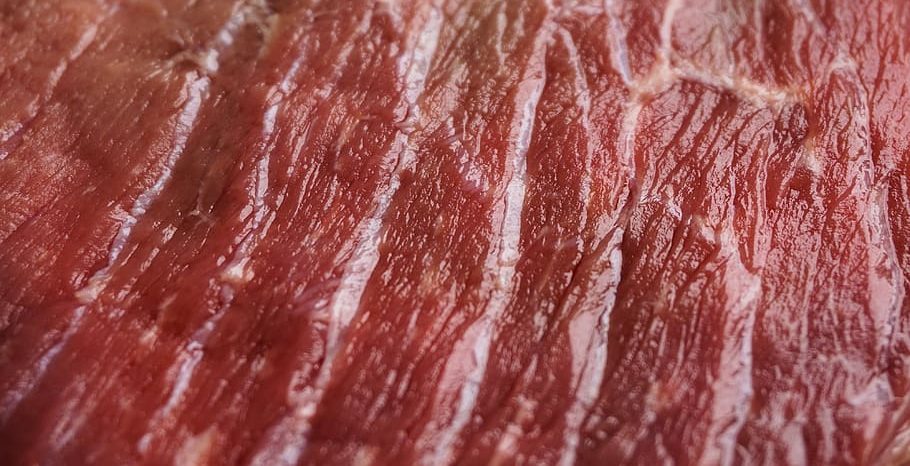After redlining beef imports from the United States due to poor traceability to Mexico, Australia has finally eased controls, citing improvements.
The Minister of Agriculture Julie Collins on July 23, 2025 stated that a “rigorous science” probe proved the U.S.’ biosecurity commitment, per Reuters.
Acceptance comes at a time when Aussie delegations are agitating the removal of currently suspended reciprocal tariffs.
This could appease the U.S.’ President Donald Trump, who had likened traceability concerns to an import ban and threatened 10% tariffs.
On top of it, Canberra has since 2003 tightly controlled beef emanating from stateside due to mad cow disease fears.
What has ingratiated Australia with the U.S., however, is the ongoing control of the New World Screwworm (NWS).
For this reason, Canberra will henceforth order beef by bovines from Canada or Mexico legally slaughtered in the United States.
The Ministry of Agriculture will begin to offer import licenses to local firms a few days hence, starting July 28.
Local farmers are cautious of infected red meat imports, fearing a spread that could undercut beef, 70% of which undergoes export.
Notably, Will Evans, Cattle Australia’s CEO told ABC that the A$75-billion ($50-billion) beef industry pegs faith to the ministry’s decision.
Springboard for Easing other Tariffs
Amid shifting goalposts in Trump’s trade war, Australia is using beef as a springboard to ease bigger tariffs.
One of these is a looming 50% aluminium and steel duty, while another is a 200% pharmaceutical surtax threat.
What remains unclear is whether inbound beef shipments from the U.S. at 263 tonnes in 2024 will improve, to favor tariff stakes.
Although the U.S. enjoys overall bilateral trade surplus, Australia tilts mutual beef export scales by shipping 0.4 million tonnes there annually. Furthermore, Aussie beef attracts premium prices stateside due to leanness. This is why maintaining beef imports traceability remains relevant for quality, as the following statistics reveal.
Australia-U.S. Beef Import Traceability Statistics
Two countries are at the heart of the beef biosecurity traceability control mechanism between the United States and Australia. According to the Australia government’s BSE Food Safety Policy 2009, these transit sources are Canada and Mexico via the U.S. According to the Australia’s government, Canada exported an average 708,806 bovines annually to the U.S., in the 2019-23 timeline. Of these, 540,470 head of bovines underwent immediate slaughter upon arrival in the U.S. in 2023. In the same timeline, Mexico also averaged 1,222,868 bovine exports each year. While no cattle from Mexico underwent immediate slaughter, steers for fattening made up bulk cross-border shipments at 872,960 head in 2023.
How does Australia verify the biosecurity of Mexico/Canada beef via the U.S.?
Australia assesses the biosecurity of beef transiting from Mexico and Canada for slaughter in the United States by sending assessment teams. As of July 23, 2025, the Food Standards Australia New Zealand (FSANZ) had found all biosecurity measures satisfactory after assessment. Independent sources, however, indicate that merely 10% of U.S.’ feeder cattle undergo age and origin verification inside the United States.
Do disease detections impact worldwide U.S.’ beef exports?
Positive disease confirmations can drastically alter total exports of beef, sometimes fourfold. For instance, a single mad cow disease (BSE) detection in the U.S. in 2004 cut local beef exports worldwide to $550 million. Conversely, exports had hit $3.14 billion in 2003.
How much beef volume does the U.S. export to Australia?
The United States last exported 263 tonnes of beef to Australia in 2024, the lowest since 1995.
